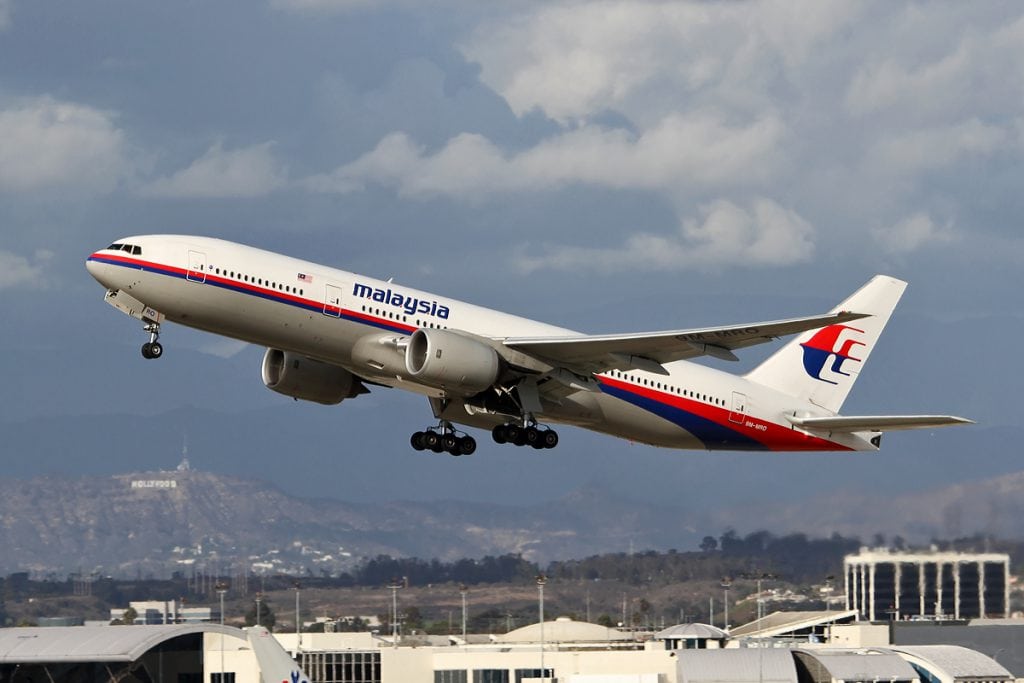
A Malaysian Airlines Boeing 777, flight MH370, went missing from radar in March 2014. Now based on the reported discovery of a flaperon from flight 370, authorities are trying to determine what happened. Photo by SA Paul Rowbotham
A company specializing in collecting high-resolution geophysical seabed data is looking for Malaysian Airlines flight MH370. The Malaysian government accepted the Ocean Infinity’s proposal for the 90-day search.
“Whilst there can be no guarantees of locating the aircraft, we believe our system of multiple autonomous vehicles working simultaneously is well suited to the task at hand,” said Ocean Infinity’s CEO, Oliver Plunkett. “I wish our team the best of luck in their endeavors and sincerely hope that we will be able to play a part in providing some answers to the many people affected by this tragedy.”
Ocean Infinity said its search would focus initially on the zone identified by the Australian Transport Safety Bureau. Seabed Constructor — the vessel — is now close to the search area, which will enable work to commence imminently, according to the company. Ocean Infinity will only receive payment if it locates the aircraft wreckage.
The autonomous underwater vehicles Ocean Infinity uses are capable of operating in water depths from some 16 feet to nearly 20,000 feet. They aren’t tethered to the offshore vessel during operations, allowing the vehicles to travel deeper and collect “higher quality data,” according to the company. They will be equipped with side scan sonar, multi-beam echosounder, sub-bottom profiler, HD camera, conductivity/temperature/depth sensor, self-compensating magnetometer, synthetic aperture sonar and a turbidity sensor.